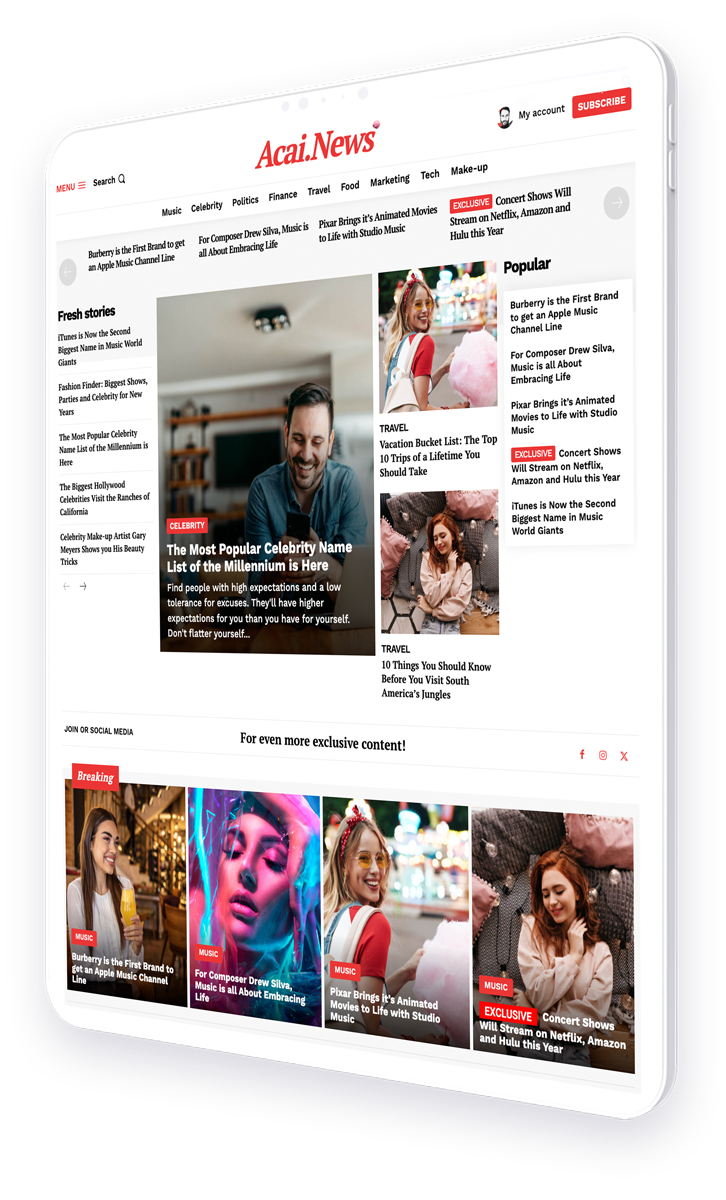Discover How AI-Driven Segmentation Enables the Delivery of Specialized Content to Micro-Personas, Unlocking Deeper Audience Insights and Maximizing Engagement Across Every Touchpoint
As digital landscapes evolve, the ability to tailor content precisely to the needs of increasingly specific audience segments—micro-personas—using artificial intelligence (AI) is transforming marketing strategies and business outcomes.
In an era where personalization is key to consumer engagement, businesses are increasingly leveraging AI to deliver content that resonates with very specific audience groups. This approach not only enhances user experience but also drives higher conversion rates. In this article, we explore how AI-led segmentation can be effectively used to serve specialized content to micro-personas.
- Understanding Micro-Personas
- The Role of AI in Segmentation
- Implementing AI-Led Segmentation
- Case Studies
- Benefits and Challenges
- Future Trends in AI Segmentation
- Conclusion
Understanding Micro-Personas
Micro-personas are detailed archetypes of subsets of your audience, crafted to represent the nuances and specific needs of these smaller segments. Unlike traditional broad-based personas, micro-personas focus on very specific characteristics, such as user behavior, purchasing habits, and personal preferences.
- Detailed demographic information
- Behavioral patterns and engagement metrics
- Psychographic data like interests and values
The Role of AI in Segmentation
AI technologies enable the analysis of large datasets to identify patterns and trends that humans might miss. This capability is crucial in recognizing the subtle characteristics that define micro-personas.
- Data mining and pattern recognition
- Predictive analytics to forecast future behaviors
- Machine learning models to refine and improve segmentation over time
Implementing AI-Led Segmentation
Implementing AI-driven segmentation involves several steps from data collection to execution:
- Collection of comprehensive data sets
- Analysis using advanced AI tools
- Integration of insights into content strategy
For example, a streaming service might use AI to analyze viewing habits and segment their users into micro-personas based on genre preferences, viewing times, and other behaviors. This segmentation can then inform personalized recommendations and targeted advertising.
Case Studies
Several companies have successfully implemented AI-led segmentation to enhance their marketing strategies. For instance, Netflix uses sophisticated algorithms to recommend shows and movies based on individual user behavior, significantly increasing engagement and satisfaction.
Benefits and Challenges
The primary benefit of using AI for segmentation is the ability to deliver highly relevant content to users, which can lead to increased engagement and loyalty. However, challenges such as data privacy concerns and the need for continuous algorithm updates can pose significant hurdles.
- Improved user engagement and satisfaction
- Higher conversion rates and ROI
- Challenges in data collection and privacy concerns
Future Trends in AI Segmentation
As technology advances, we can expect AI-led segmentation to become even more precise and integrated into various digital marketing tools. Innovations like real-time segmentation and predictive personalization are likely to become commonplace, further enhancing the ability to engage micro-personas effectively.
Conclusion
In conclusion, AI-led segmentation offers a powerful tool for marketers aiming to deliver specialized content to micro-personas. By leveraging detailed data and advanced AI algorithms, businesses can enhance user engagement and drive significant business growth. As we move forward, embracing these technologies will be key to staying competitive in a rapidly evolving digital landscape.
For further reading on AI and marketing, visit Forbes.




